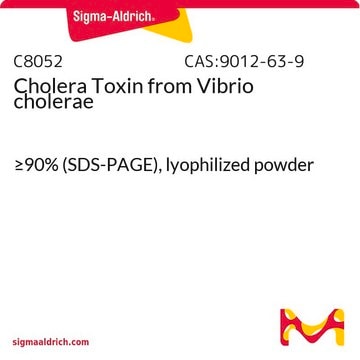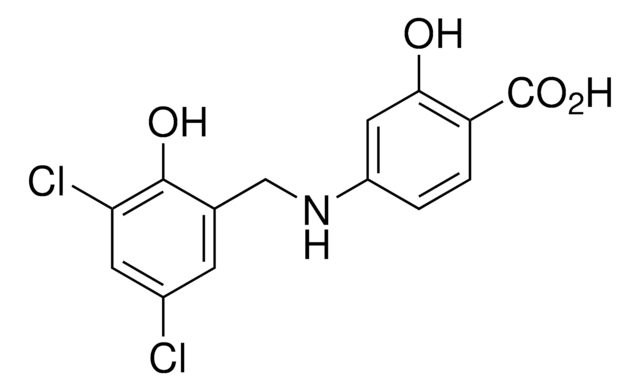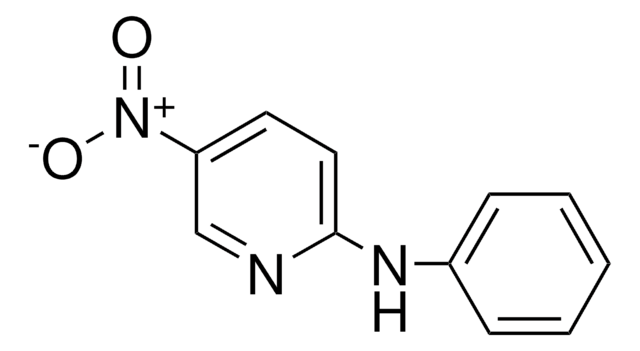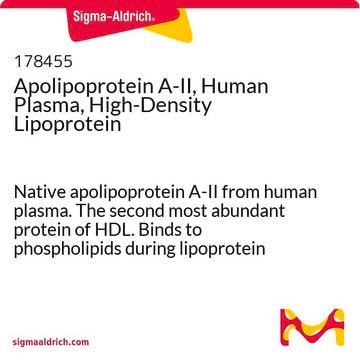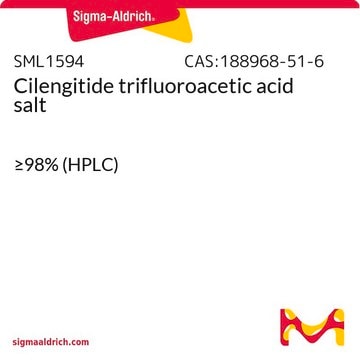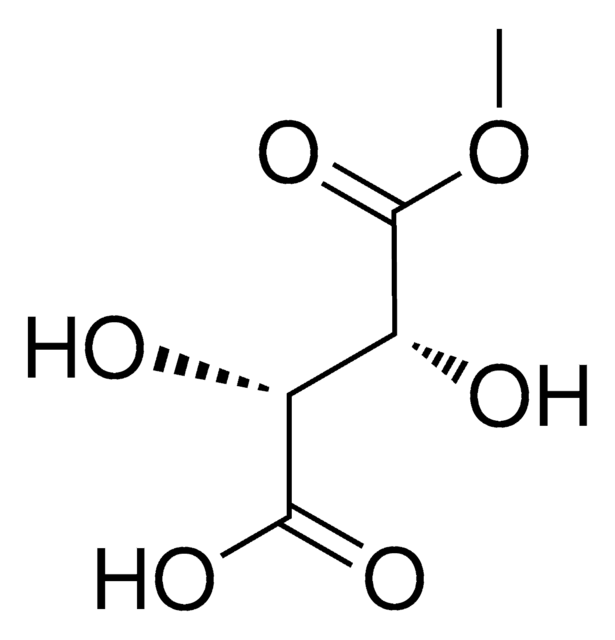Select a Size
¥38,100
Estimated to ship onMay 30, 2025
Select a Size
About This Item
¥38,100
Estimated to ship onMay 30, 2025
Recommended Products
description
Powered by Eupheria Biotech
product line
MISSION®
form
lyophilized powder
esiRNA cDNA target sequence
GTGCATGGAGGAGGAACTGTTGACAATTGAAGACAGAAACCGGATTGCTGCTGCAGAAAACAATGGAAATGAATCAGGTGTAAGAGAGCTACTAAAAAGGATTGTGCAGAAAGAAAACTGGTTCTCTGCATTTCTGAATGTTCTTCGTCAAACAGGAAACAATGAACTTGTCCAAGAGTTAACAGGCTCTGATTGCTCAGAAAGCAATGCAGAGATTGAGAATTTATCACAAGTTGATGGTCCTCAAGTGGAAGAGCAACTTCTTTCAACCACAGTTCAGCCAAATCTGGAGAAGGAGGTCTGGGGCATGGAGAATAACTCATCAGAATCATCTTTTGCAGATTCTTCTGTAGTTTCAGAATCAGACACAAGTTTGGCAGAAGGAAGTGTCAGCTGCTTAGATGAAAGTCTTGGACATAACAGCAACATGGGCA
Ensembl | human accession no.
NCBI accession no.
shipped in
ambient
storage temp.
−20°C
Gene Information
human ... IFIH1(64135) , IFIH1(64135)
General description
For additional details as well as to view all available esiRNA options, please visit SigmaAldrich.com/esiRNA.
Legal Information
Storage Class Code
10 - Combustible liquids
Flash Point(F)
Not applicable
Flash Point(C)
Not applicable
Regulatory Listings
Regulatory Listings are mainly provided for chemical products. Only limited information can be provided here for non-chemical products. No entry means none of the components are listed. It is the user’s obligation to ensure the safe and legal use of the product.
JAN Code
EHU008611-50UG:
EHU008611-20UG:
Choose from one of the most recent versions:
Already Own This Product?
Find documentation for the products that you have recently purchased in the Document Library.
Active Filters
Our team of scientists has experience in all areas of research including Life Science, Material Science, Chemical Synthesis, Chromatography, Analytical and many others.
Contact Technical Service
